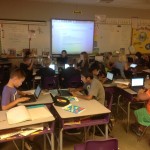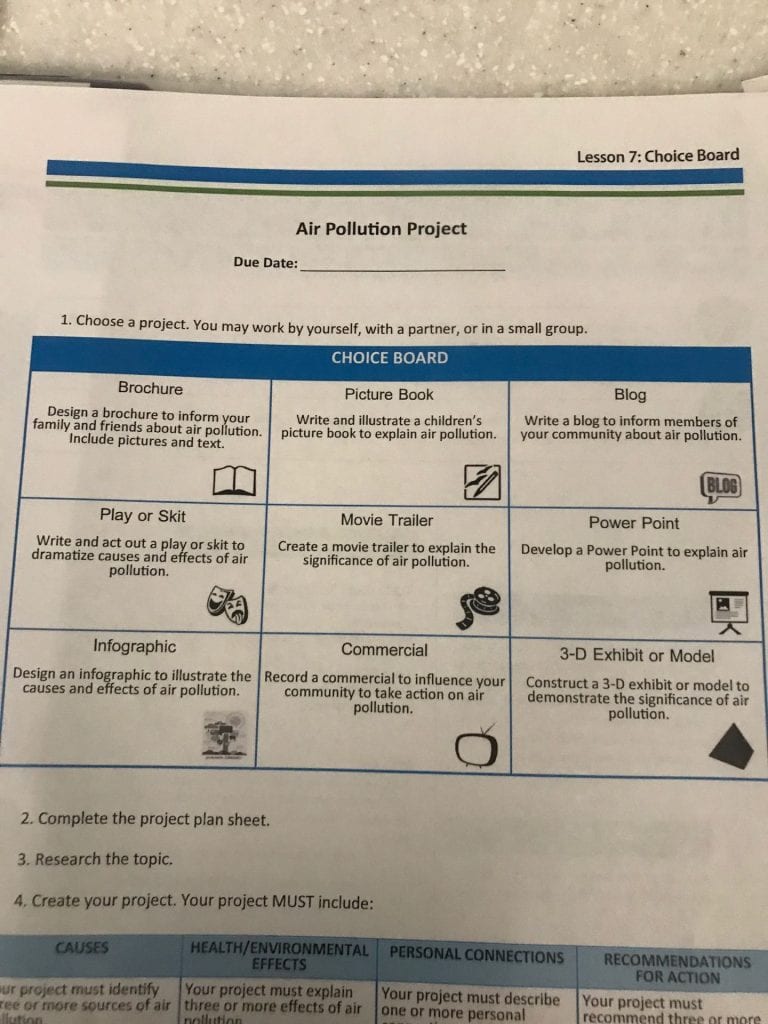April 27, 2014
by learningmoore
0 comments
With Earth Day approaching, my class started a read aloud series from Scholastic Books titled Knowledge Quest: Save the Planet. The plan was read one book a week, ending with our final book, On Meadowview Street, on Earth Day. After each book we discussed key vocabulary, human responsibilities, and discussed efforts being made to restore and protect the environment. Then, we added information to our ‘Save the Planet’ wall. These books speared discussions about what can we do to help the planet?
The week we read, Where Does Garbage Go?, we started our vermicomposting project. The goal of this project was to help students realize how much garbage we throw out in general, and show a wonderful way to reduce the amount of food waste that goes into landfills. The result of this process ends with making a beneficial product for gardens out of worm castings. This is a great student written post about vermicomposting. This post has received more comments than any other post all year! The entire class was very excited about all of these comments from grown-ups! They felt they were reaching people and helping teach about the benefits of vermicomposting.
While we were trying to reduce food waste, we also decided to reduce paper waste by having a paperless week. This had a significant impact for students because they know paper comes from cutting down trees, and this is always a hot topic. Not to mention from my point of view, being able to reduce paper cost and time to make copies was a positive. I also feel this week really helped my class hone a few computer skills. They worked on a matrix comparing different Cinderella stories using a shared spreadsheet through Google Apps, used an online choice board with links to online articles about the environment, moved between windows to share what they learned from the online reading in a Google Doc, shared this with me and 3 other students, commented on blogs, and used a Google Doc to create a science journal for a project we are participating in called Full of Beans Global Project. Our wiki page for the project can be viewed here. Our class also saved paper by using dry erase boards and iPads for math and spelling practice, and page protectors for annotating text.
Other books we read were Where Do Polar Bears Live? by Sarah L. Thomson, Oil Spill! by Melvin Berger, and A River Ran Wild: An Environmental History by Lynne Cherry. These books all addressed different environmental issues. We discussed ways we could help with these issues even though we could not physically help clean up oil spills, clean up a polluted river, or stop mining. So, what options did we have? Well, we all have a voice, and that voice can always be used not matter how young. So, it was decided we would write letters to President Obama. Students researched environmental issues in the Grand Canyon and the Arctic and worked together in small groups to draft letters using Google Docs. Together we edited the letters and emailed them using an online form through the Sierra Club.
What impact did this week have on my students? How does this affect FPES? On the surface, we saved money by not using the copy machines or paper, but I think it goes deeper. In education we talk a lot about 21st century skills and the 4 C’s – critical thinking, communication, collaboration, and creativity. This week, my students used all of these skills. I believe in a world where personal and social responsibility are necessary skills in becoming a global citizen, this week had a very positive impact. Young people need to understand they have choices to make and a voice that can help promote change. They need to feel empowered to possibly do something different than their parents and have a positive influence on others. I hope this week in my classroom helped accomplish some of these things for my students.
-

-
#GlobalSelfie
-

-
Using Google Apps to create a science journal.
-

-
Dry erase boards to create bar graphs.
-

-
Research for our letters
-

-
Cinderella Matrix
-

-
Save our Planet!

















